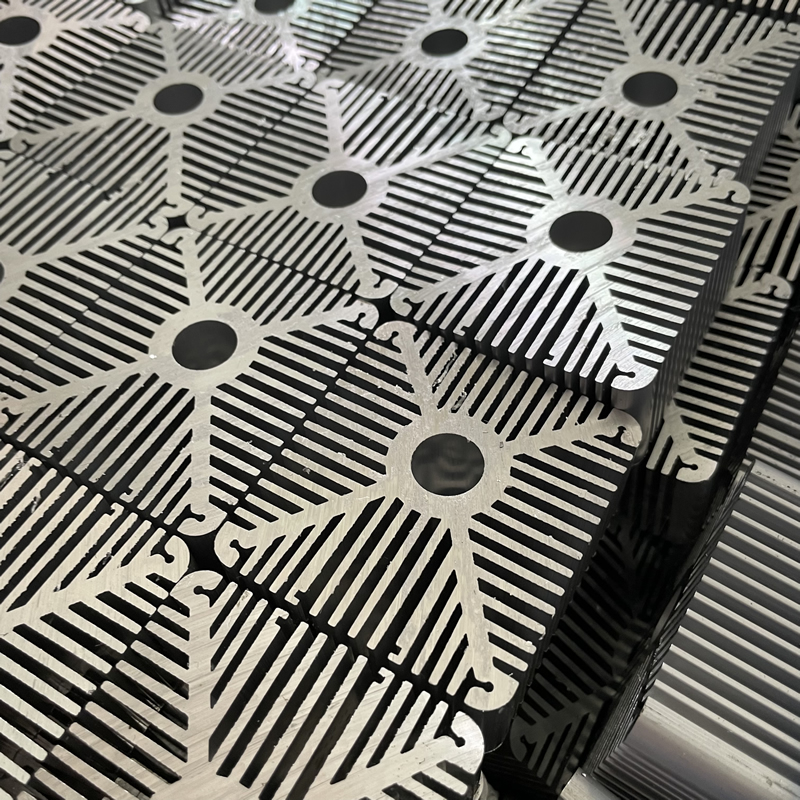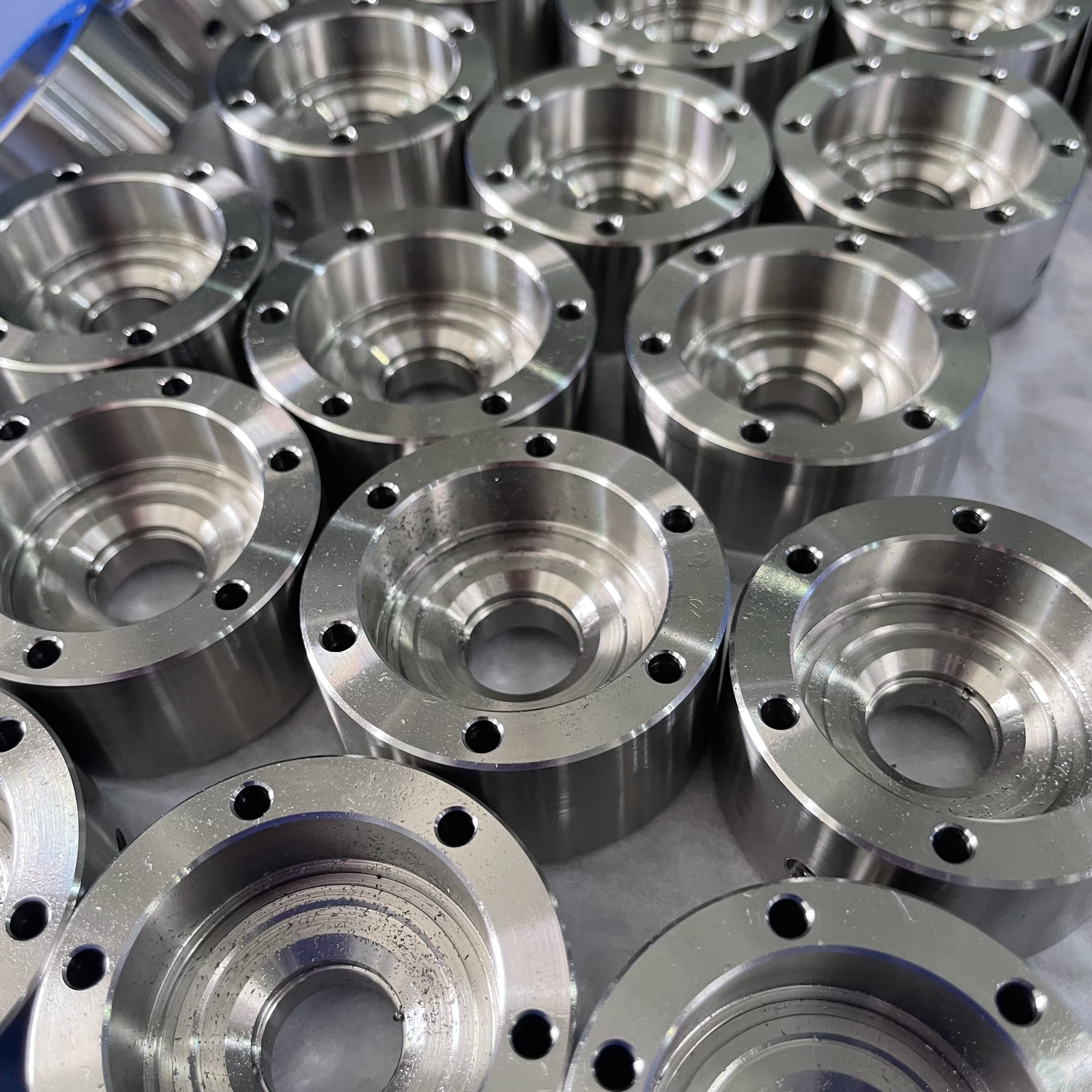The Role of CNC Milling in Heat Sink Manufacturing

Exploring Heat Sinks
Heat sinks are essential components in electronic devices, playing a crucial role in managing the heat generated during operation. These devices are designed to efficiently dissipate heat, thereby preventing overheating and ensuring the proper functioning of the electronic components within a cooling system.
Fun Fact: The design and implementation of effective heat sinks are integral to the overall thermal management of electronic systems.
CNC Milling Techniques
CNC milling is a highly precise machining process widely utilized in the manufacturing of heat sinks for electronic devices. This computer numerical control (CNC) technique involves the use of rotary cutting tools to remove material from a workpiece, resulting in the creation of intricate and accurate heat sink designs.
Fun Fact: CNC milling enables manufacturers to achieve incredibly tight tolerances and high levels of repeatability in heat sink production, ensuring optimal performance and reliability.
One of the key advantages of CNC milling in heat sink manufacturing is its ability to offer customization and flexibility. Manufacturers can easily tailor heat sink designs to meet specific requirements, whether it involves varying sizes, shapes, or intricate patterns. This level of customization ensures that heat sinks can be precisely adapted to fit the unique thermal management needs of different electronic systems.
Customization and Flexibility
Skived Fin Process
The skived fin process is a highly efficient method employed in heat sink manufacturing to dissipate heat effectively. By utilizing this technique, manufacturers can produce heat sinks with enhanced thermal management capabilities, ensuring the optimal performance of electronic devices.
Fun Fact: The skived fin process involves the use of precision cutting tools to create thin fins, which significantly contribute to the overall effectiveness of heat transfer within the heat sink.
Efficient Heat Dissipation
The skived fin process excels in efficiently dissipating heat, making it an ideal choice for applications where effective thermal management is crucial. This process allows for the creation of intricate and closely spaced fins that maximize surface area contact, facilitating rapid heat dissipation from the electronic components.
Thin Fin Creation
Through the skived fin process, manufacturers can achieve thin fin creation with unparalleled precision. The resulting thin fins play a pivotal role in promoting effective heat transfer within the heat sink, contributing to superior thermal performance and reliability.
By incorporating the skived fin process into heat sink manufacturing, electronic systems can benefit from enhanced cooling capabilities and optimized thermal management.
Heat Transfer Insights
When it comes to understanding the thermal dynamics of heat sinks, it's essential to delve into the mechanisms of heat transfer. Heat transfer in heat sinks primarily involves two key mechanisms: conduction and convection.
Conduction and Convection
In the context of heat sinks, conduction refers to the direct transfer of heat through solid materials. This process occurs as the kinetic energy from the hotter regions of a material is transferred to the cooler regions, resulting in a more uniform temperature distribution. In contrast, convection involves the transfer of heat through fluid motion. In this mechanism, the heated fluid near the surface of the heat sink rises and is replaced by cooler fluid, creating a continuous cycle that facilitates heat exchange.
Understanding these fundamental principles of conduction and convection is crucial for designing and manufacturing efficient heat sinks with optimal thermal management capabilities.
Material Selection
The choice of materials for constructing heat sinks significantly impacts their ability to facilitate effective heat transfer. The thermal conductivity and specific heat capacity of materials play a pivotal role in determining their suitability for heat sink applications. Manufacturers carefully consider these material properties to ensure that the selected materials can efficiently conduct and dissipate heat, thereby enhancing the overall thermal performance of electronic devices.
By strategically selecting materials with superior thermal properties, such as high thermal conductivity and low specific heat capacity, manufacturers can optimize the effectiveness of heat sinks in managing thermal loads within electronic systems.
Thermal Management Importance
Effective thermal management is paramount in the realm of electronic devices, playing a pivotal role in ensuring optimal performance and reliability. Let's delve into the significance of thermal management and its impact on electronic systems.
Electronics Cooling
The primary function of thermal management is to facilitate the efficient cooling of electronic devices, preventing them from reaching excessive temperatures that could potentially compromise their functionality. By implementing robust cooling solutions, such as heat sinks and other thermal management technologies, electronic components can operate within safe temperature limits, thereby prolonging their lifespan and preserving their operational efficiency.
Performance and Reliability
In addition to cooling electronic devices, effective thermal management directly contributes to their overall performance and reliability. Properly managed temperatures result in enhanced system stability, reduced risk of component failure due to overheating, and improved overall operational reliability. Consequently, electronic systems can consistently deliver optimal performance without being hindered by temperature-related issues.
By prioritizing thermal management strategies, manufacturers can significantly elevate the performance and longevity of electronic systems.
Optimizing Heat Sink Manufacturing
To optimize heat sink manufacturing, it is crucial to have a comprehensive understanding of CNC milling techniques and the fundamental mechanisms of heat transfer. By leveraging the precision and flexibility offered by CNC milling, manufacturers can tailor heat sink designs to meet specific thermal management requirements, ensuring efficient heat dissipation within electronic devices. Additionally, prioritizing the selection of materials with superior thermal conductivity and specific heat capacity is essential for enhancing the overall effectiveness of heat sinks in cooling systems.
By integrating advanced machining processes and in-depth knowledge of heat transfer principles, manufacturers can achieve optimal performance and reliability in heat sink manufacturing. This holistic approach enables the production of highly efficient heat sinks that play a critical role in maintaining safe operating temperatures for electronic components.
See Also
Comprehending Anodization for CNC Aluminum Heat Sink Components
The Evolution of CNC Milling: Innovations and Diverse Uses
Revealing the Accuracy of CNC Machining in Aerospace Sector
The Influence of Small CNC Parts on Custom Remote Control Hobby Items
Investigating CNC Milling: A Thorough Examination of Precise Engineering
About US
Follow Us
Your prototype holds unparalleled significance, and we deeply value its uniqueness. Collaborating with you during the preparation phase for running your prototype or parts is a commitment we gladly embrace. Whether it's a single part or a complex assembly, we are dedicated to selecting the optimal tools and pathways to bring your envisioned product to life.
At Precision Fab CNC Machining, we specialize in producing parts for prototypes, short runs, and high-volume production. Our prototyping machine capabilities extend across metal, plastic, and wood machining, with welding fabrication services available to complement and finalize your prototype if required.
Address
Address: Room320 10F, Building A,Nanshan international building, Dayawan District, Huizhou, Guangdong, 516001 China
Contacts
billy@timaycnc.com

